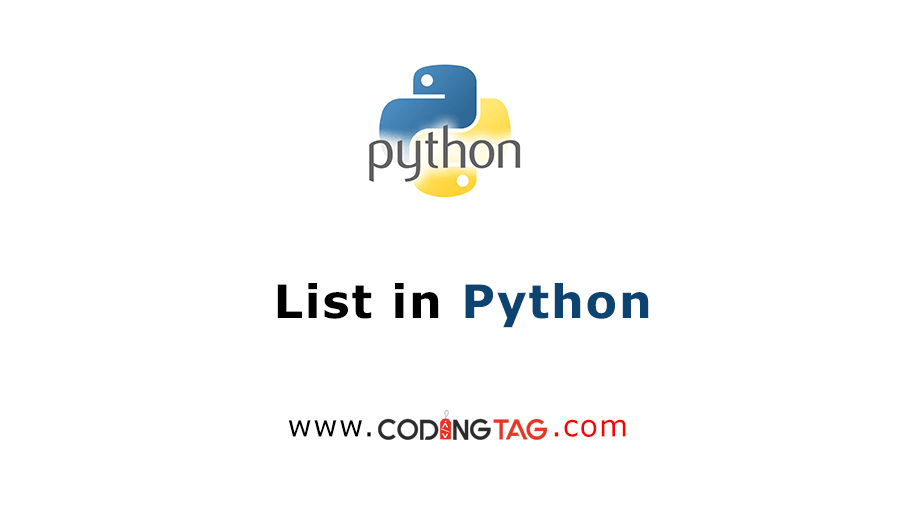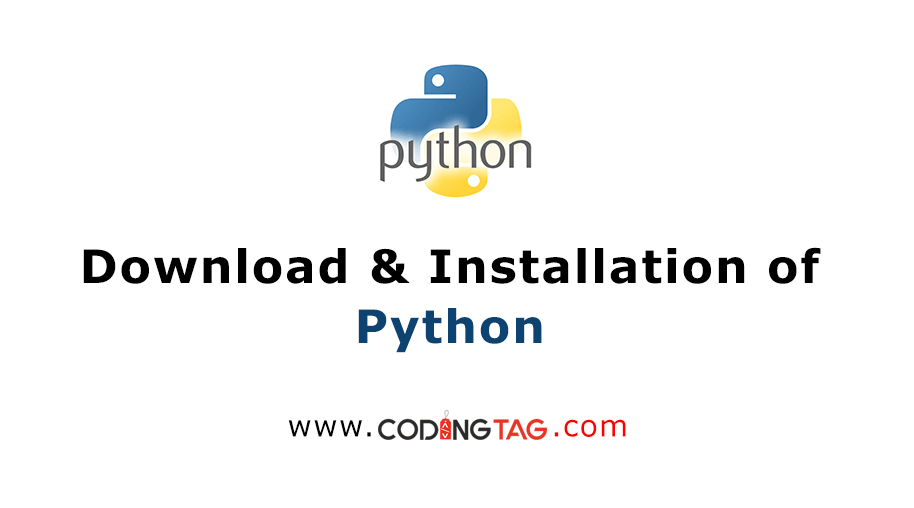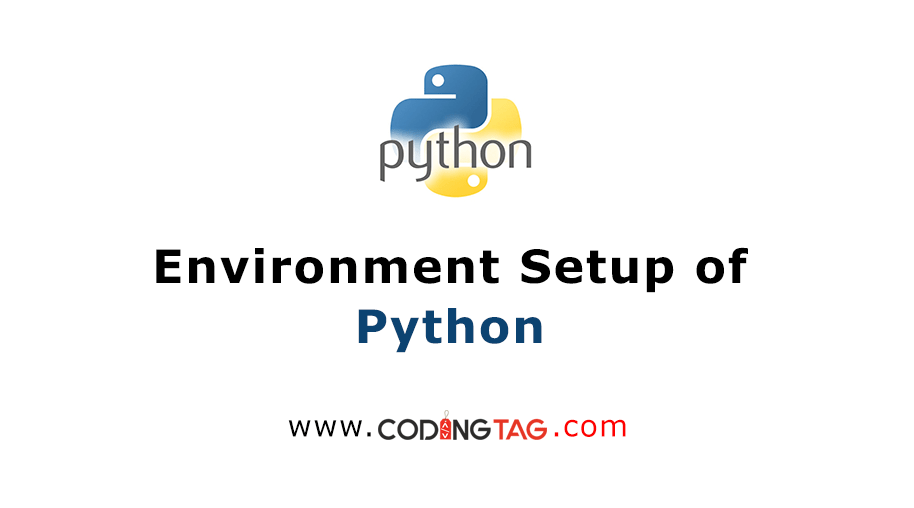Python - NumPy fromrecords() method
0 131
Python - NumPy fromrecords() Method
The numpy.fromrecords() method in NumPy is a powerful tool that allows you to create structured arrays from a sequence of tuples or other array-like objects. This method is particularly useful when dealing with heterogeneous data types, as it enables you to define the structure of your data explicitly.
Syntax of numpy.fromrecords()
The syntax for the fromrecords() method is as follows:
numpy.fromrecords(recList, dtype=None, shape=None, aligned=False, byteorder=None)Where:
recList: A list of tuples or structured data to be converted into a structured NumPy array.dtype(optional): The data type of the resulting structured array. If not provided, NumPy will infer the type from the input data.shape(optional): Shape of the output array. Defaults to one-dimensional.aligned(optional): IfTrue, aligns fields to their natural alignment.byteorder(optional): Specifies the byte order of the output array.
Example Usage
Let's consider an example where we have a list of records representing individuals with their ID, name, and age. We can use numpy.fromrecords() to create a structured array:
import numpy as np
# Define a list of records
records = [(1, 'Alice', 25.5), (2, 'Bob', 30.0), (3, 'Charlie', 28.0)]
# Define the data type
dtype = [('id', 'i4'), ('name', 'U10'), ('age', 'f4')]
# Create the structured array
structured_array = np.fromrecords(records, dtype=dtype)
print(structured_array)Output:
[(1, 'Alice', 25.5) (2, 'Bob', 30.) (3, 'Charlie', 28.)]In this example, we define a list of tuples records and a corresponding data type dtype. The fromrecords() method then converts this data into a structured NumPy array, allowing us to access each field by name.
Accessing Structured Array Fields
Once we have created a structured array, we can access specific fields (columns) by their names:
# Access the 'name' field
print(structured_array['name'])
# Access the 'age' field
print(structured_array['age'])Output:
['Alice' 'Bob' 'Charlie']
[25.5 30. 28. ]This demonstrates how to retrieve individual columns from the structured array using field names.
Use Cases of numpy.fromrecords()
The fromrecords() method is particularly useful in scenarios where:
- You have data in a tabular format (e.g., CSV files) and want to load it into a structured array for easier manipulation.
- You need to define explicit data types for each field to ensure consistency and prevent errors.
- You are working with heterogeneous data types and want to maintain the structure of your data.
By using numpy.fromrecords(), you can efficiently handle and manipulate structured data in your Python applications.
If you’re passionate about building a successful blogging website, check out this helpful guide at Coding Tag – How to Start a Successful Blog. It offers practical steps and expert tips to kickstart your blogging journey!
For dedicated UPSC exam preparation, we highly recommend visiting www.iasmania.com. It offers well-structured resources, current affairs, and subject-wise notes tailored specifically for aspirants. Start your journey today!

Share:






Comments
Waiting for your comments